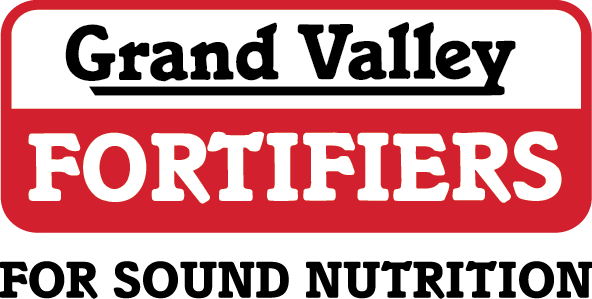Poultry Specialist
Grand Valley Fortifiers
particularly 2022 and 2023, have demonstrated this volatility. In addition to market dynamics, the political landscape and trade tariffs can influence both the cost and availability of SBM.
Roasting your own soybeans allows for greater control on your farms feed costs by using more of your own crops, without moving them off-farm. This can be especially beneficial when SBM prices are high, not readily available, or trucking services are scarce. On-farm roasting provides opportunity, and we see more and more producers utilizing this.
However, SBM and roasted beans are not 1:1 interchangeable. Three differences I would like to explain briefly include: crude fat, crude protein, and uniformity.
- Crude Fat (CF): SBM is a by-product of solvent extraction which removes almost all of the oil (fat) from the soybeans. The meal is what is leftover, resulting in a much lower CF. This is especially important for feeds that should have limited levels of energy. On the other hand, roasted beans bring opportunities for farms that need more energy in their feeds and can replace some or all vegetable oil/animal fat in their feed and thus in their feed mill.
- Crude Protein (CP):SBM has higher CP and amino acids levels per kilogram dry matter because the oil is removed. SBM also has better protein digestibility in general.
- Uniformity: SBM is uniformly processed during the solvent extraction process, ensuring a consistent product. In contrast, roasted soybeans are processed as whole or ground beans, which increases the risk of uneven roasting. This can result in under- or over-processed beans, affecting digestibility and potentially having a negative impact on animal health and performance.
At Grand Valley Fortifiers, we work closely with farmers who have successfully incorporated roasted soybeans into their poultry feeds. Our team provides extensive nutrient analysis and expert consultation to ensure optimal outcomes. We also have access to a network of custom roasters, including specialists from our Direct Source Commodity desk, to help you make the best choices for your operation.
In summary, roasting soybeans on-farm offers cost savings, energy availability, and greater control over feed quality. Together with the Nutritionists, our Poultry Specialists are ready to help you review your rations and discover the opportunities to achieve your farm-goals and improve your bottom line. We want to recognize that there are more ways of processing soybeans, for example extruding and expelling, but in this article, we wanted to focus on roasting. Please reach out to your Poultry Specialist at Grand Valley Fortifiers to learn more about the opportunities for your farm and business model!
This article was written for the Spring 2025 Poultry Grist. To read the whole Poultry Grist, click the button below.

